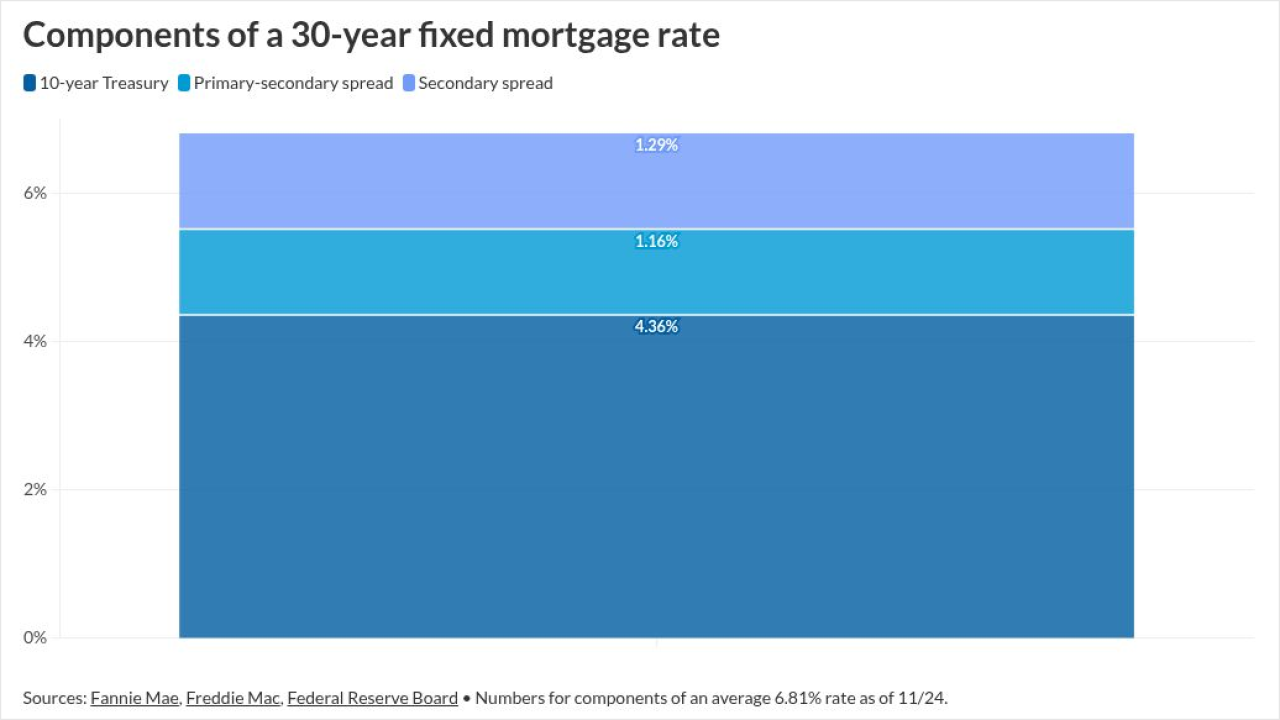Credit card charge-off rates and delinquencies increased in the second quarter compared with a year ago, while bank underwriting standards for new credit card applications tightened. Beyond the surface, however, the quality of credit card asset-backed securities is still strong, according to analysts.
Average rates for credit card charge-offs increased by 23.7% in the second quarter, versus the same period a year ago. Delinquencies also increased, hitting 1.46% by June 2024, analysts at Moody's Ratings wrote in a sector update. Despite those movements, those metrics were merely a return to solid pre-pandemic levels and do not suggest that the credit card sector is deteriorating, according to analysts.
For instance, payment rates increased and peaked in 2022, a combination of COVID-19 era economic stimulus to consumers and drops in credit card spending, Pedro Sancholuz Ruda, a vice president and senior credit officer at Moody's Ratings.
"Since then, payment rates have slightly decreased and stayed flat, and therefore are higher than pre-pandemic levels," Sancholuz Ruda said via email. Charge-off rates dropped during the pandemic, but not to the same extent that payment rates increased.
The credit quality of the current credit card ABS sector is strong in the second quarter, according to the Moody's credit card sector update. Weaker borrowers exited trusts after the 2007-2009 recession, resulting in large receivables, while few large accounts have been added to trusts, analysts said.
"The Big Six trusts held well-seasoned, geographically diversified pools of mostly prime-quality borrowers," Moody's analysts said.
Analysts also said they expect credit card loan demand to remain elevated through 2024 and 2025, due to high rates, leading consumers to tap into credit cards more heavily for everyday spending. This view should hold, they said, even as the Federal Reserve reduced the target rate by 50 basis points in its last meeting in September, leaving it at 4.75% to 5.0%, its first cut since March 2020.
"Even with the Fed's cut, credit card and other consumer lending rates remain high," according to Sancholuz Ruda. "We do still expect credit card loan demand to remain elevated."
At the managed portfolio level, tightening underwriting standards did not slow down the growth in the actual number of credit card accounts, but it did affect the pace of growth. The Fed's most recent Senior Loan Officer Opinion Survey on Bank Lending Practices found that in Q2, 20% of respondents said standards for approving credit card loan applications tightened somewhat. Yet the number of credit cards accounts hit 600 million, up slightly from the previous quarter, according to the Federal Reserve Bank of New York and Equifax.
Moody's expects a limited impact on most credit card ABS trusts, it said.
"The biggest trusts are largely backed by receivables from highly seasoned accounts, which are less exposed to such changes," Moody's analysts wrote. "None of the receivables in the Big Six trusts are from accounts opened less than five years ago."
Elsewhere, the employment picture is showing the kind of marked weakening that suggests an economy heading into a recession, SMBC Nikko Securities Americas found in recent research. The Conference Board's labor market differential series, which measures the percentage of respondents who say jobs are plentiful minus those who say they are hard to come by, came in at 12.6%. That is a substantial 34.5 percentage point drop from its March 2022 peak.
"Declines of this magnitude are emblematic of an economy heading into a recession," according to Troy Ludtka, a senior U.S. economist for SMBC Nikko Securities America., adding that it implies an unemployment rate of 5.1%.





